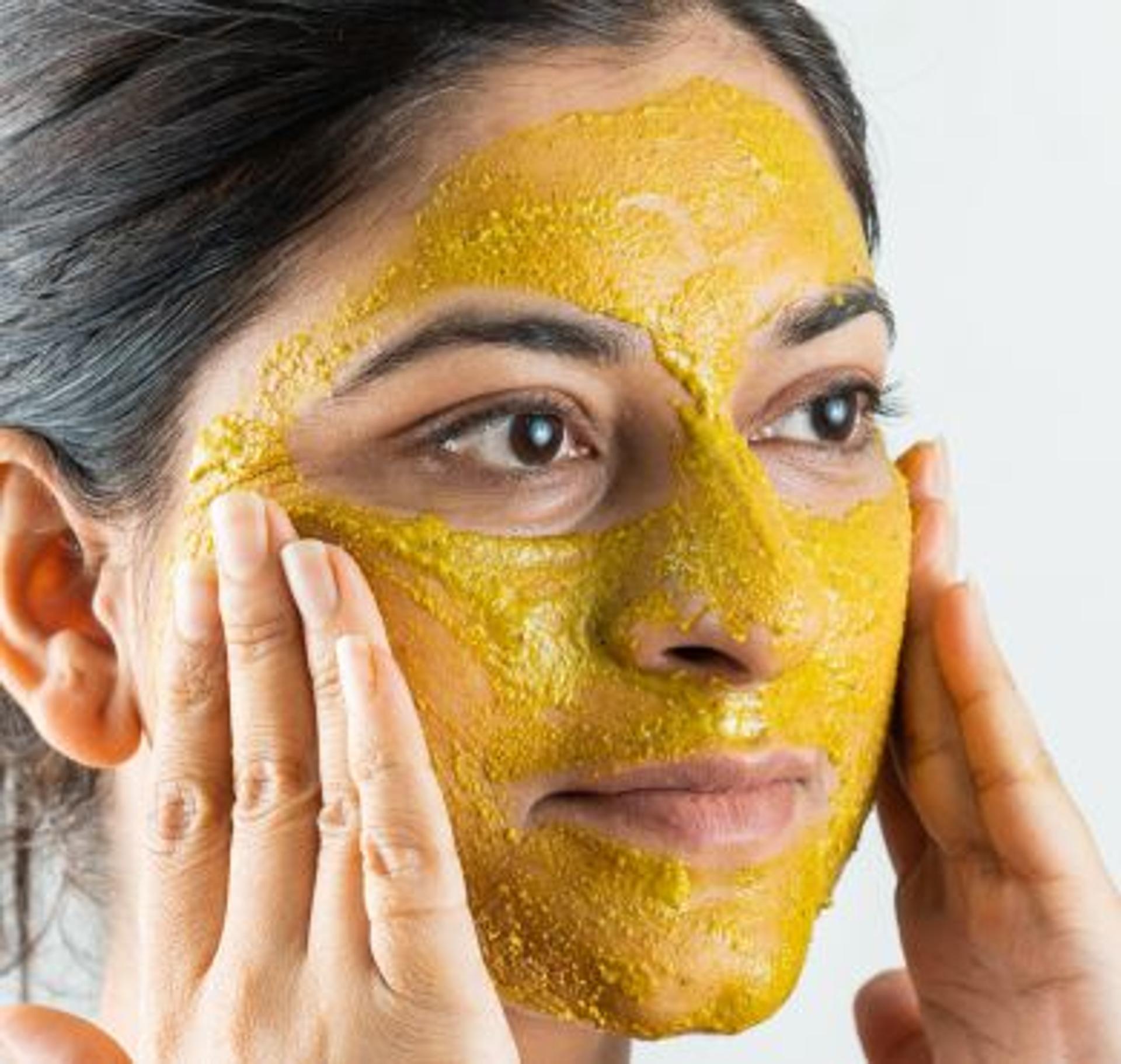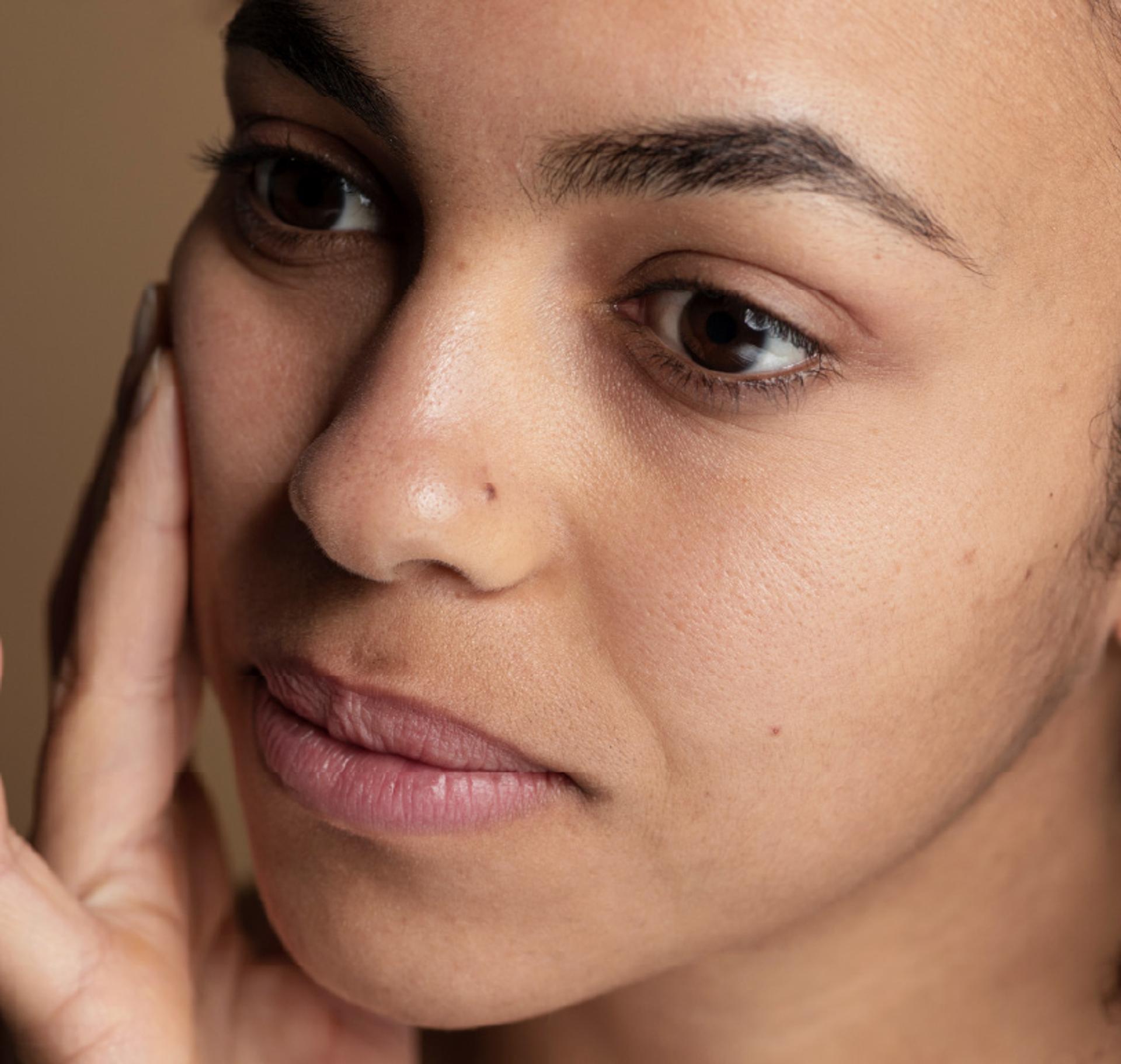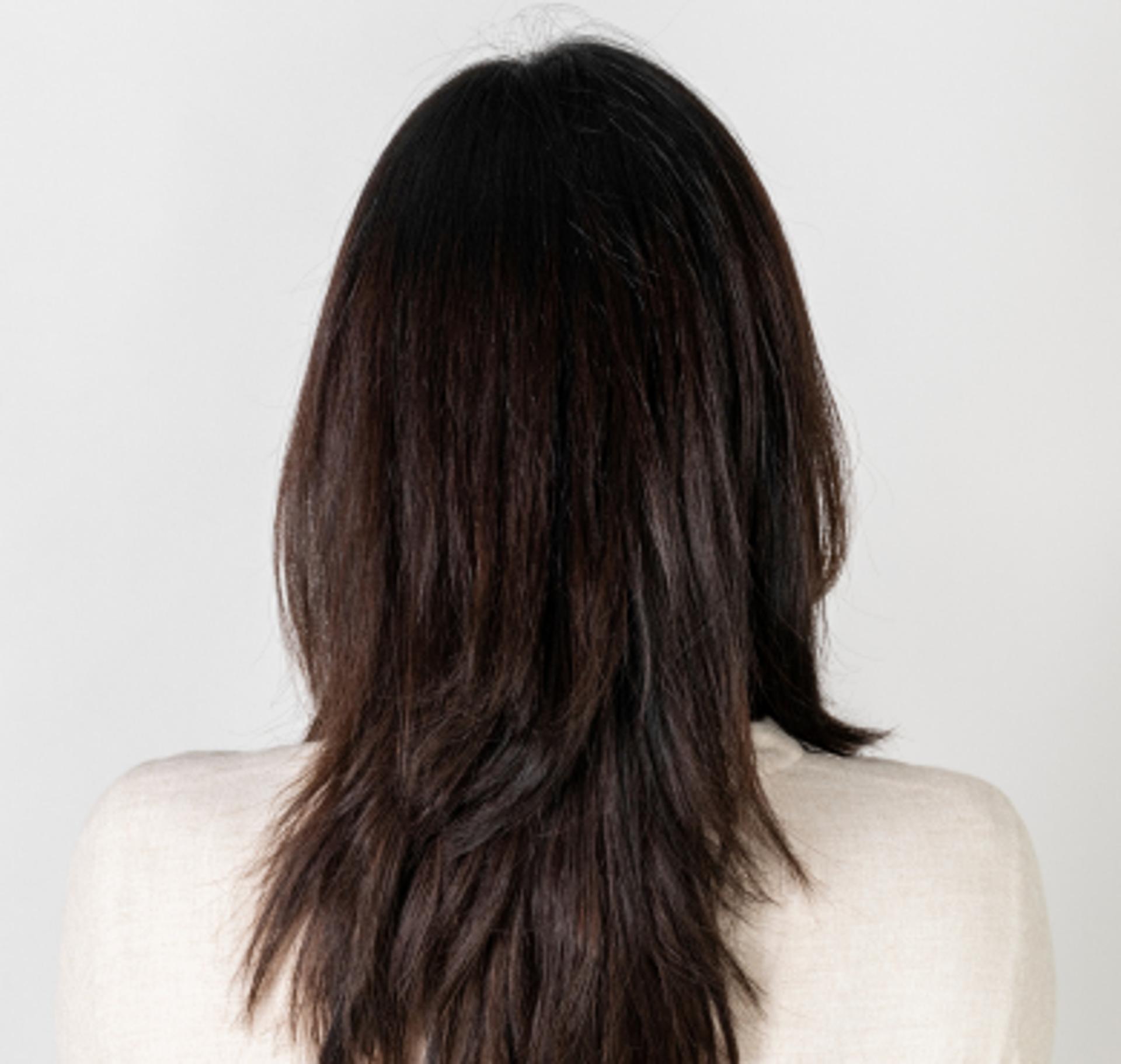
Is Black Henna Real?
The Science Behind the Mysterious Dark Hue
By Nat Habit
For centuries, Henna has mesmerized cultures across continents — from ancient Egypt to India to North Africa — with its earthy tones and ritualistic value. Yet, a recurring and provocative question continues to spark intrigue: Is black henna real?
This fascination with a deep, dark stain — one that defies the typical amber and mahogany palette of natural henna — has grown in popularity, particularly among those drawn to its bold, dramatic aesthetic. But beneath its allure lies a complex interplay of botanical chemistry and synthetic manipulation.
Let’s unpack the science to demystify what “black henna” truly is — and isn’t.
What is Henna?
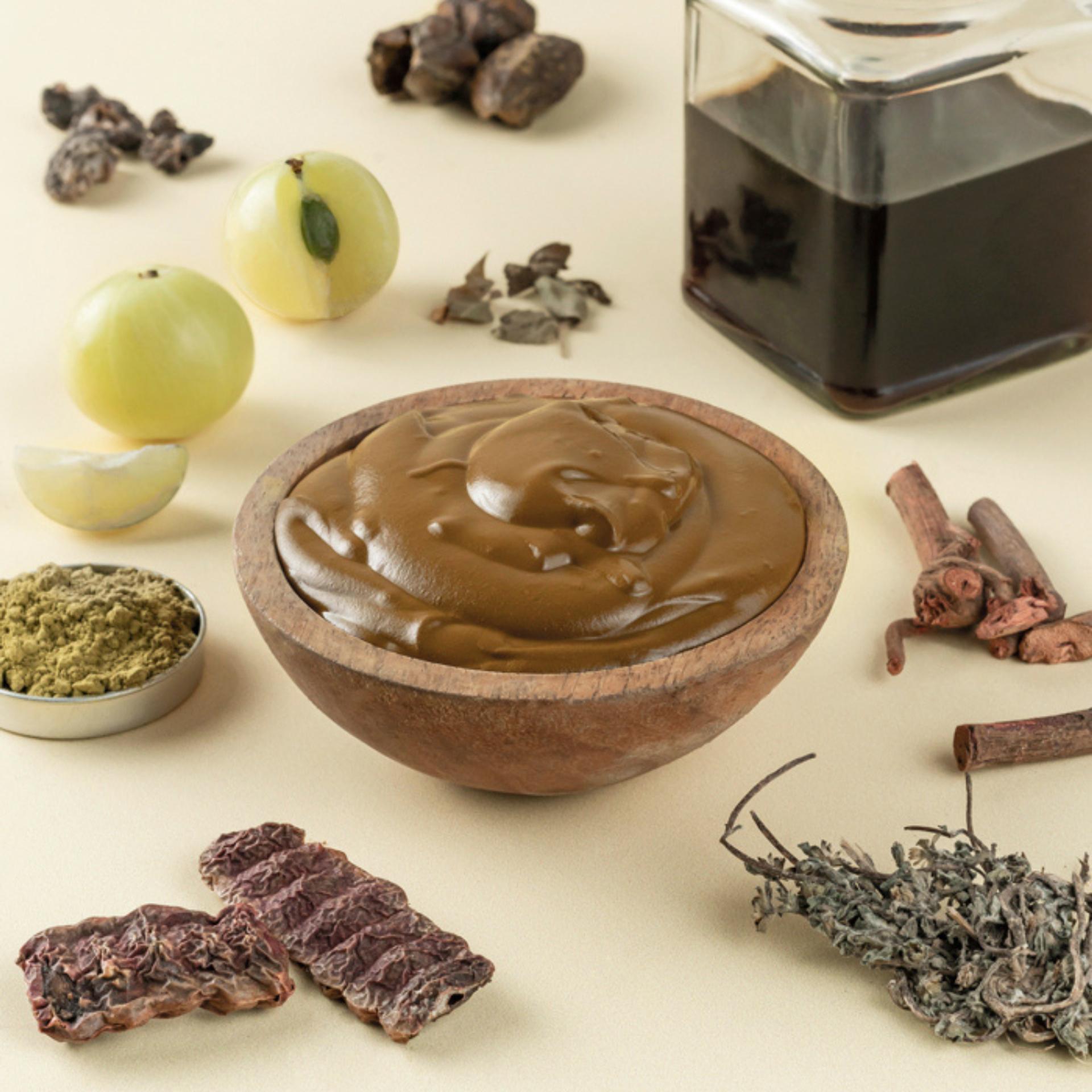
Henna is derived from the leaves of Lawsonia inermis, a flowering plant native to tropical and subtropical regions of Africa and South Asia. When these leaves are dried and powdered, they release a phytochemical compound known as Lawsone. This molecule is a naturally occurring naphthoquinone dye that exhibits a strong affinity for keratin, the structural protein in skin, hair, and nails.
When applied, Lawsone undergoes a Michael addition reaction with the amino acids in keratin, forming a stable covalent bond that results in the characteristic reddish-brown stain. The final color is influenced by several intrinsic and extrinsic factors, including skin pH, body temperature, and even the drying time of the paste.
Henna also contains secondary compounds like:
-
Saponins – natural surfactants that enhance dye penetration by reducing surface tension.
Tannins – polyphenols that improve dye stability and binding.
Resins and glycosides – which contribute to paste adhesion and longevity.
In its pure, unadulterated form, henna will never yield a black stain. Its natural chromophore is structurally incapable of producing black pigmentation.
The Illusion of Black Henna
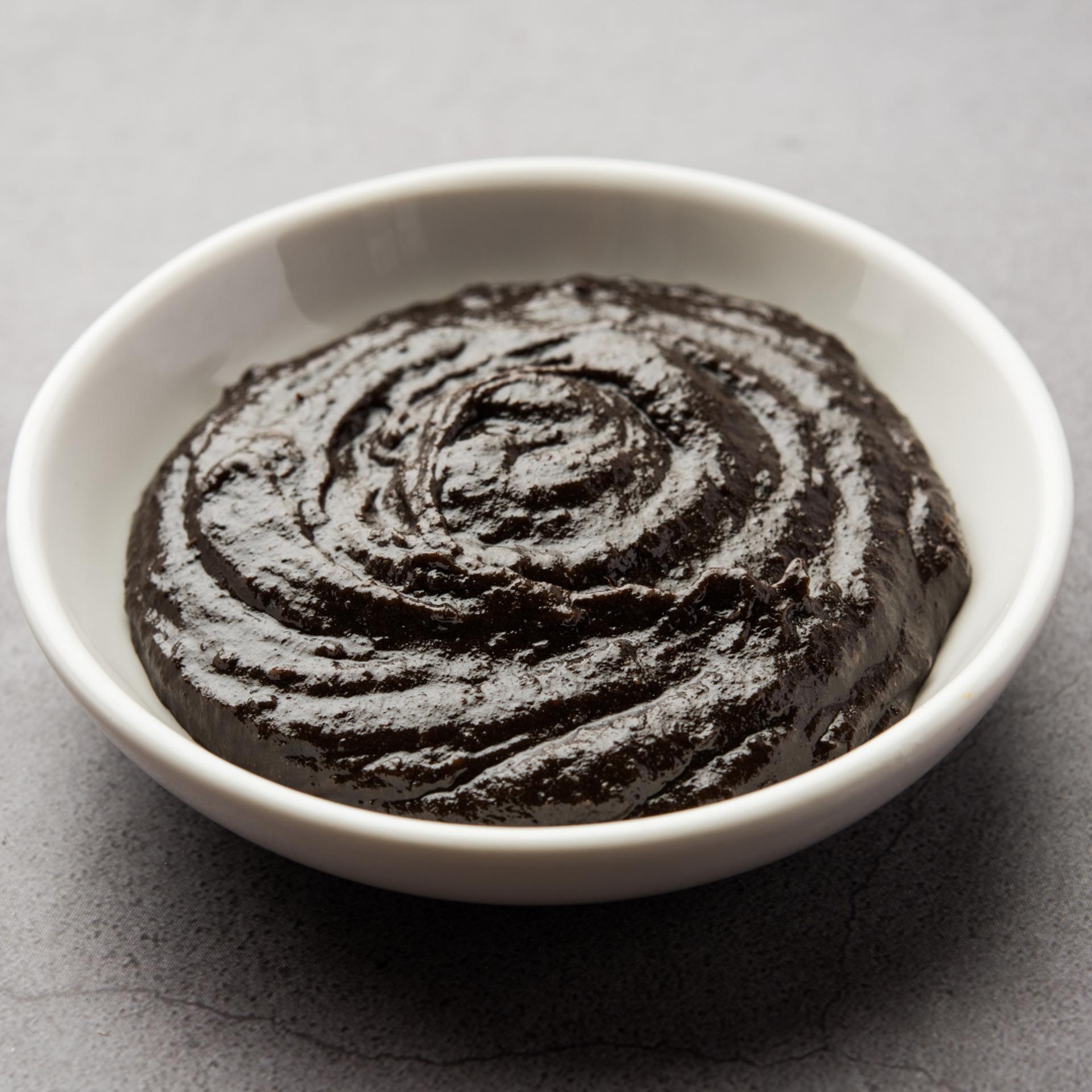
To achieve a jet-black hue, what’s often marketed as “black henna” is not henna at all — but rather a concoction containing either:
- Synthetic dyes, most commonly Paraphenylenediamine (PPD) – a coal-tar derivative used in industrial hair dyes.
- Ammonia or peroxide-based colorants, which can force deeper pigment penetration by altering the scalp’s pH.
- Natural Indigo (Indigofera tinctoria) – a plant-derived blue dye that, when used correctly with henna, can produce dark brown to near-black hues through a two-step staining process.
While the use of natural indigo in combination with henna is a safe and effective method that relies on indirect oxidation-reduction chemistry, the inclusion of PPD and ammonia-based dyes is far more concerning. PPD is a well-documented contact allergen, capable of triggering severe dermatological reactions, chemical burns, and in some cases, systemic toxicity. It is also listed as a possible carcinogen by several regulatory bodies when used in high concentrations or without appropriate neutralization.
Moreover, these chemical additives disrupt the acidic balance and protein affinity that natural henna relies on, leading to scalp irritation, follicular damage, and hair weakening over time.
In Conclusion
A Cautionary Tale

The appeal of black henna is understandable — it’s bold, modern, and visually striking. But when the term "black henna" is used, it’s crucial to ask: What’s really in it? True henna, rooted in botanical science, cannot produce a black stain. If it does, it likely contains chemical agents that compromise both safety and scalp health.
However, science offers a path forward. The judicious use of natural dyes like indigo, combined with traditional henna, holds promise for those seeking deeper tones — without sacrificing health or integrity.
As always, the power of plant chemistry lies in its purity, and when respected, it can offer beauty that’s not only visible but also safe and sustainable.
Henna by Nat Habit
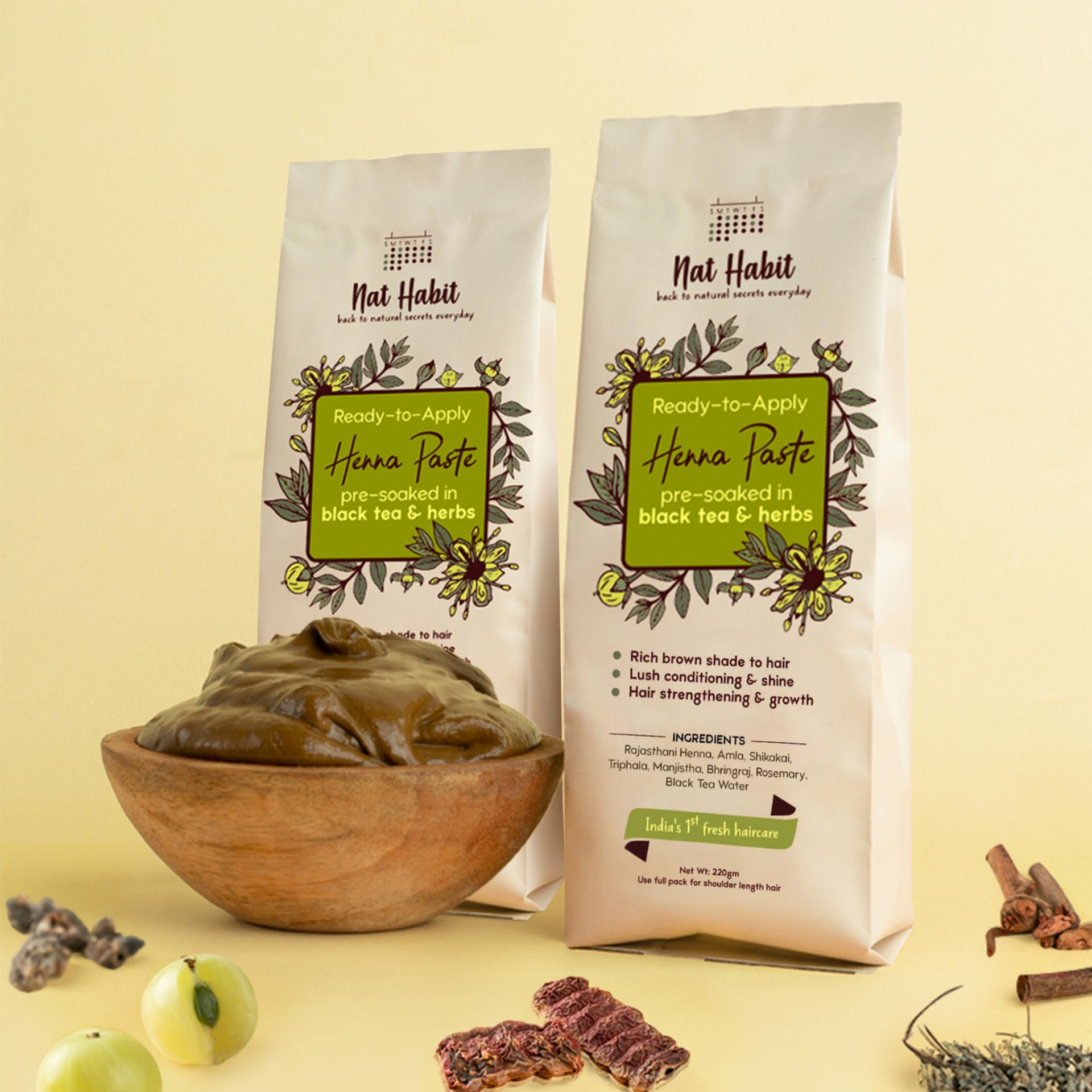
Each morning at dawn, freshly harvested Sojat-sourced henna begins its journey in our Ayurvedic Kitchen, where age-old rituals meet modern purity.
Sourced for its rich Lawsone content, this henna undergoes a meticulous 5-step ultrafiltration process to extract a highly concentrated pigment straight from the leaf. This isn’t usual powder — it’s potent, pure, and powerful. (See Henna Making Here!)
Then comes the herbal infusion: heaps of this henna are mixed and pre-soaked in brewed black tea, along with pigment-enhancing herbs like amla, manjistha, rosemary, and more. After a carefully timed soak, the mixture is freshly packed — straight from our world to your tresses.
No mixing. No mess. No waiting.
Just tear, pour, apply, and soak in the rich brown hues of naturally enhanced henna.
(Listen what our co-founder says about ready-to-apply Henna.)
Want to go beyond browns? Meet HUFA Indigo.
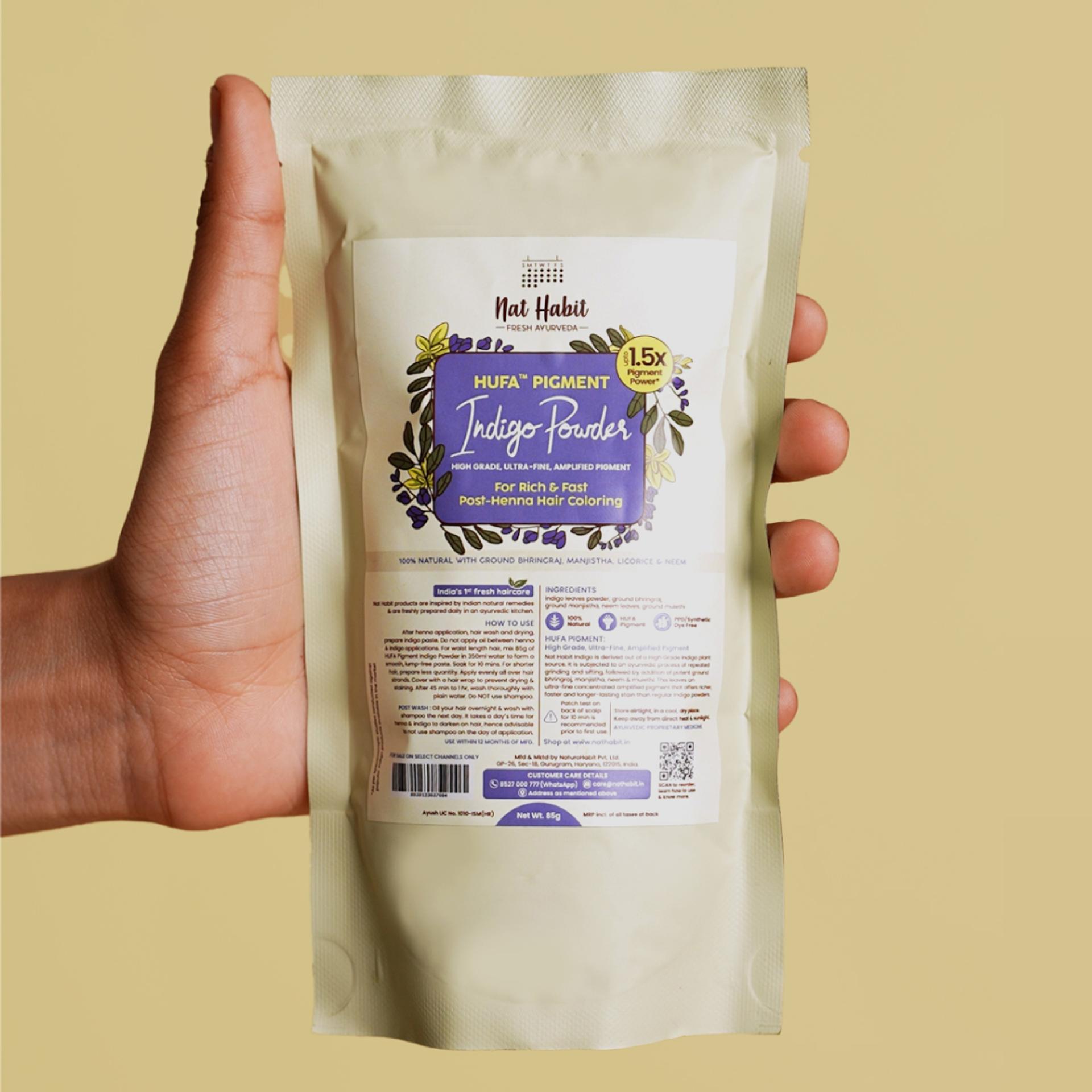
For those seeking the depth of natural black, we craft HUFA Indigo — a pigment powerhouse sourced from premium Indigofera tinctoria plants.
It’s filtered, concentrated, and herb-infused to produce the deepest, darkest black possible, without a drop of synthetic dye or chemical interference.
And here’s something special…
Both our Henna and Indigo blends are enriched with conditioning herbs. So, forget the dryness usually linked with natural coloring.
Only lush, nourished, and silky hair, in the most vibrant shades nature can offer.
Learn more


